Kedarnath Jyotirlinga temple history, Significance, location, nearest place
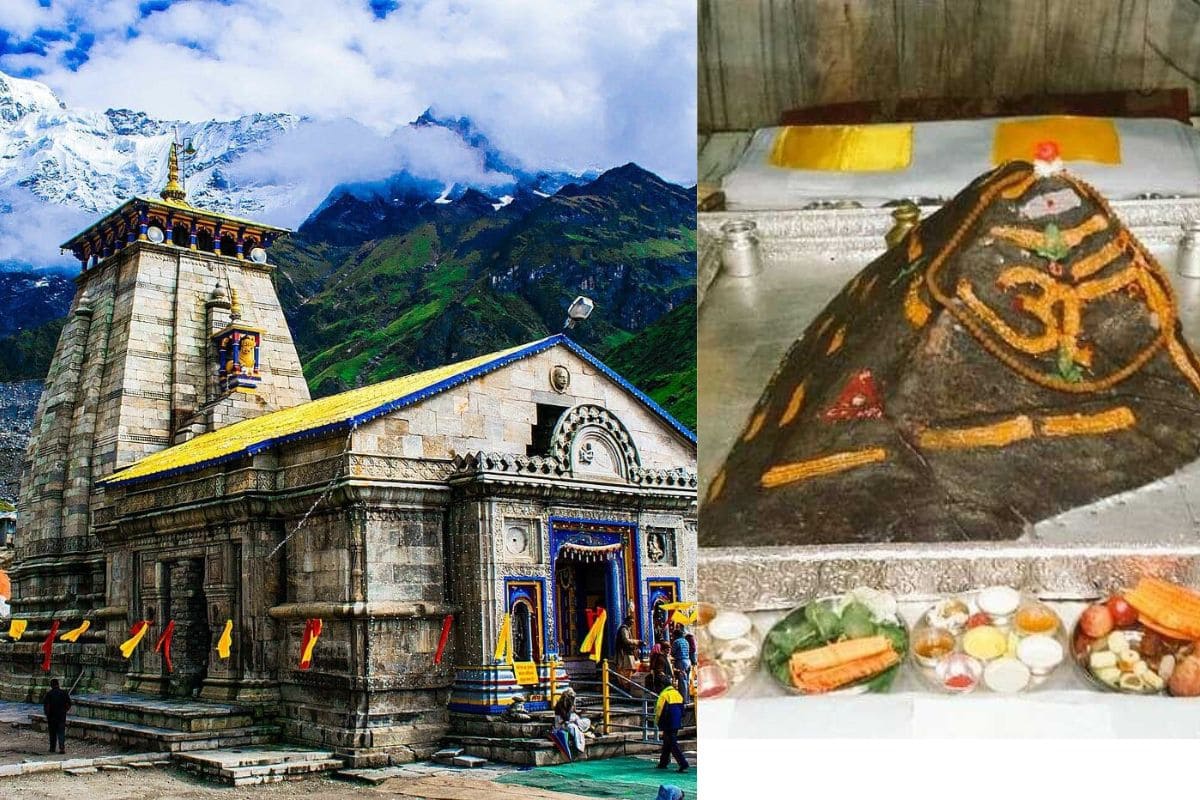
Kedarnath Jyotirlinga Temple
The name Kedarnath is derived from the Sanskrit words Kedara, meaning “field” or “meadow,” and Nath, meaning “Lord,” thus Kedarnath translates to the “Lord of the Field.” The Kedarnath Temple is one of the holiest and most
significant temples dedicated to Lord Shiva, located in the Rudraprayag district of Uttarakhand, nestled in the majestic Himalayan ranges near the Mandakini River.
The temple is not only a revered Jyotirlinga, but also part of the sacred Char Dham Yatra and Panch Kedar pilgrimage circuit. Due to its remote location at an altitude of 3,583 meters (11,755 feet), the temple is accessible only for six months a year, between April/May to October/November, as heavy snowfall isolates the region during winter.
According to legend, the Pandavas, after the Kurukshetra war, sought Lord Shiva to absolve their sins. Shiva, avoiding them, disguised himself as a bull (Nandi) and hid in Kedarnath. When the Pandavas recognized him, he
disappeared into the ground, leaving behind his hump, which is worshipped at Kedarnath as the Jyotirlinga.
Location
The Kedarnath Temple is nestled in the majestic Garhwal Himalayan range near the Mandakini River in Uttarakhand, India. Located at an altitude of approximately 3,583 meters (11,755 feet) above sea level, it stands as one of the holiest shrines dedicated to Lord Shiva and is a significant part of the Chhota Char Dham Yatra. The temple is
surrounded by snow-capped peaks and breathtaking natural beauty, attracting
pilgrims and trekkers alike. The nearest major town is Rishikesh, which serves as a gateway to the temple, followed by several towns and villages enroute.
- Start from
- Travel 205 km via NH 7 to reach
- From Guptkashi, travel approximately 30 km to
- From Sonprayag, shared taxis or jeeps take you to Gaurikund (6 km).
- From Gaurikund, a 16 km trek leads you to the sacred Kedarnath
The journey is not just spiritual but also offers stunning views of the Himalayan landscape, making Kedarnath both geographically and spiritually significant.
Nearby Places to Visit Around Kedarnath Temple
1. Bhairavnath Temple (1 km)
Significance: Dedicated to Bhairav Baba, believed to guard the Kedarnath valley during winters.
2. Triyuginarayan Temple (25 km)
Significance: Mythical wedding site of Lord Shiva and Goddess Parvati.
3. Vasuki Tal (8 km trek)
Significance: Glacial lake with mesmerizing Himalayan views.
4. Shankaracharya Samadhi (Near temple)
Significance: Final resting place of Adi Shankaracharya, the temple’s restorer.
5. Chorabari Tal / Gandhi Sarovar (3 km trek)
Significance: Lake where ashes of Mahatma Gandhi were immersed.
6. Gaurikund (16 km down)
Significance: Holy site associated with Goddess Parvati; starting point of the trek.
HISTORY
The Kedarnath Temple finds mention in ancient scriptures like the
Mahabharata, Puranas, and Skanda Purana. According to mythology, the
Pandavas, seeking penance for the bloodshed during the Kurukshetra war,
searched for Lord Shiva. To avoid them, Shiva disguised himself as a bull and vanished into the ground at Kedarnath, leaving behind his hump, which
became the sacred Jyotirlinga.
The temple is believed to have been originally constructed by the Pandavas and later revived by the Adi Shankaracharya in the 8th century CE, who also attained Samadhi near the temple.
Over the centuries, despite facing harsh weather, earthquakes, and floods, the temple has stood resilient, symbolizing spiritual endurance.
8th Century CE:
- Revived and established by Adi Shankaracharya, a key figure in Hindu
14th – 18th Century:
- Periodic renovations by local kings and
2013 Devastating Floods:
- Kedarnath Valley witnessed one of India’s worst natural
- The temple structure remained largely intact, although the surrounding area was severely damaged.
- A massive rock (later called Baba Bhairavnath Rock) shielded the temple from destruction.
Reconstruction
The Kedarnath Jyotirlinga Temple underwent significant reconstruction after the devastating 2013 flash floods that caused massive destruction in the
surrounding area. Remarkably, the temple structure remained largely intact, shielded by a large boulder behind it. Following the disaster, the Government of India, under the Kedarnath Redevelopment Project, initiated restoration of infrastructure, widening of trek routes, and rebuilding of the temple complex, enhancing safety and accessibility for pilgrims.
Nageshwar Jyotirlinga Temple
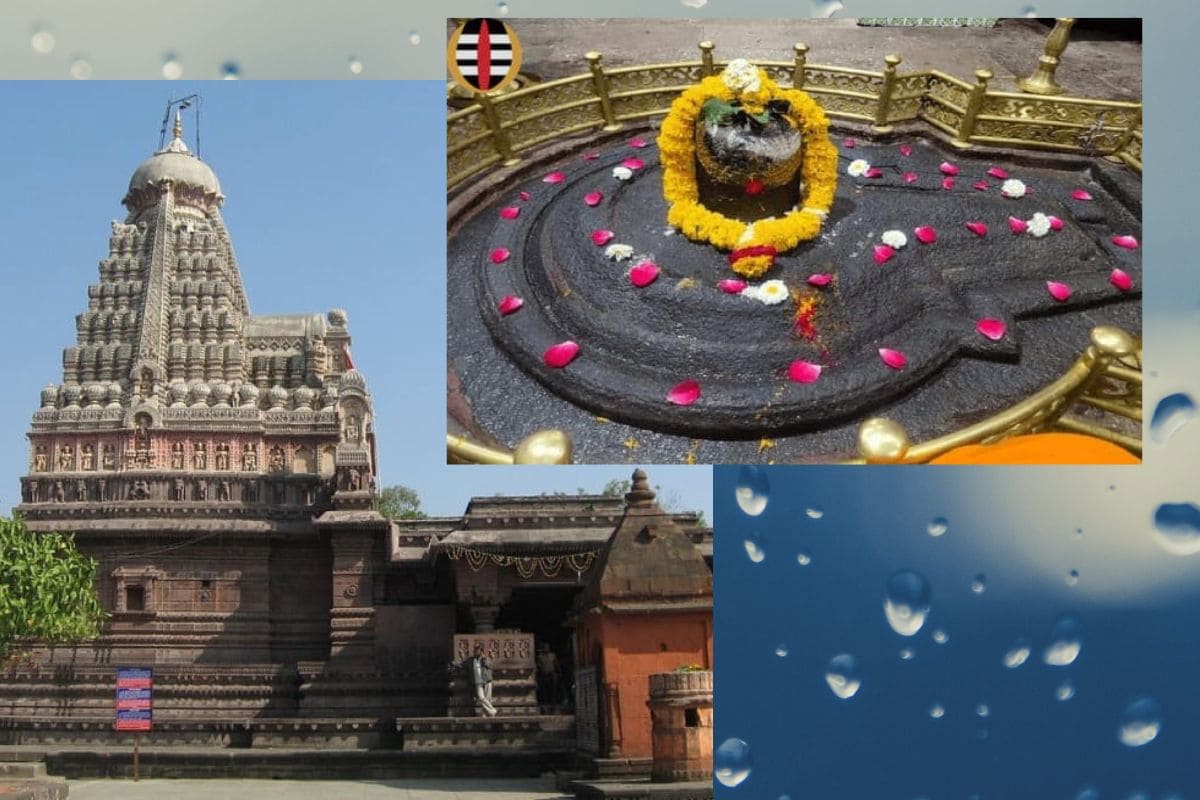
Grishneshwar Jyotirlinga temple history, Significance, location, nearest place
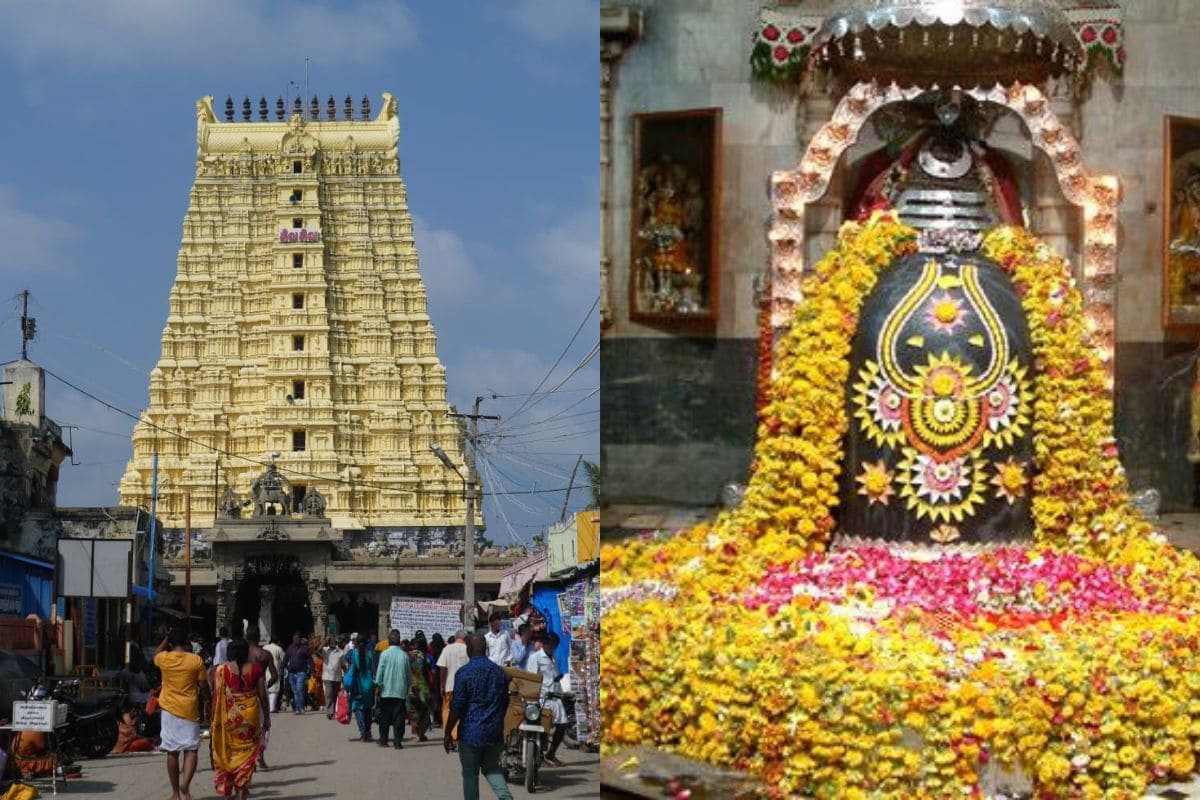
Rameshwaram Jyotirlinga temple history, Significance, location, nearest place
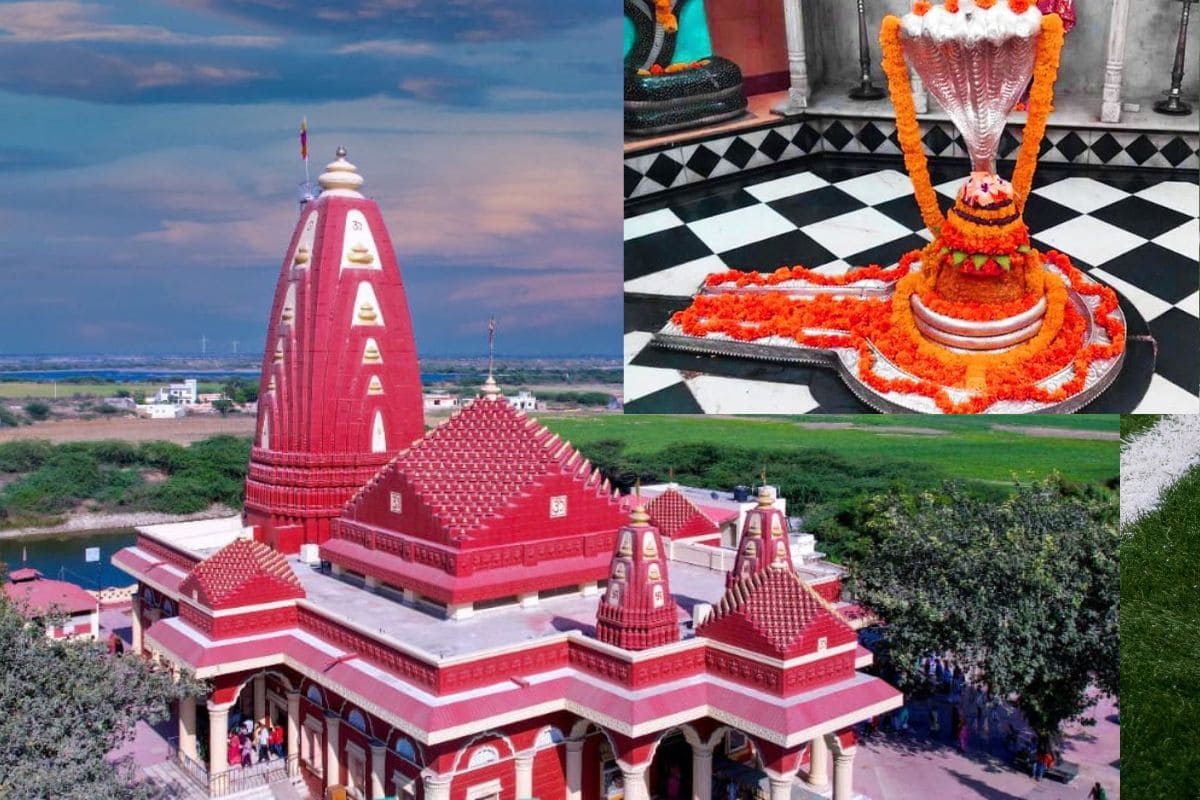
Nageshwar Jyotirlinga temple history, Significance, location, nearest place
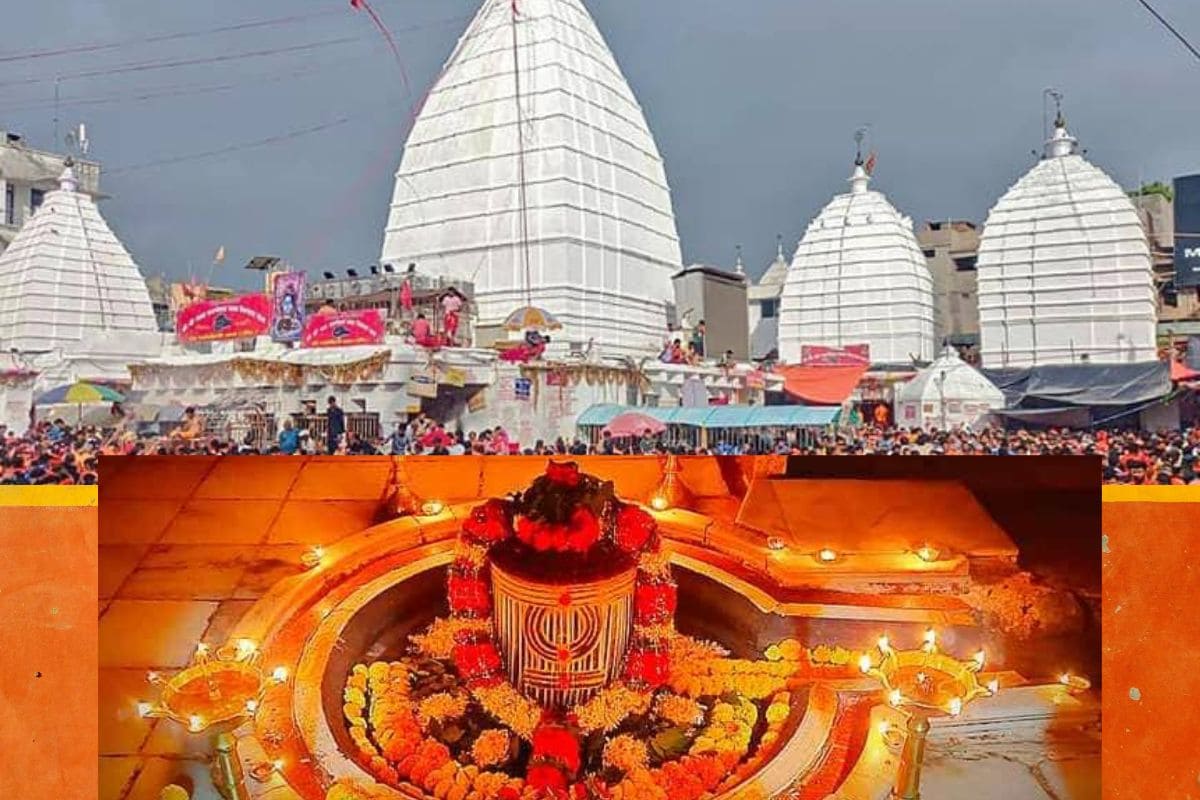
Vaidyanath Jyotirlinga temple history, Significance, location, nearest place
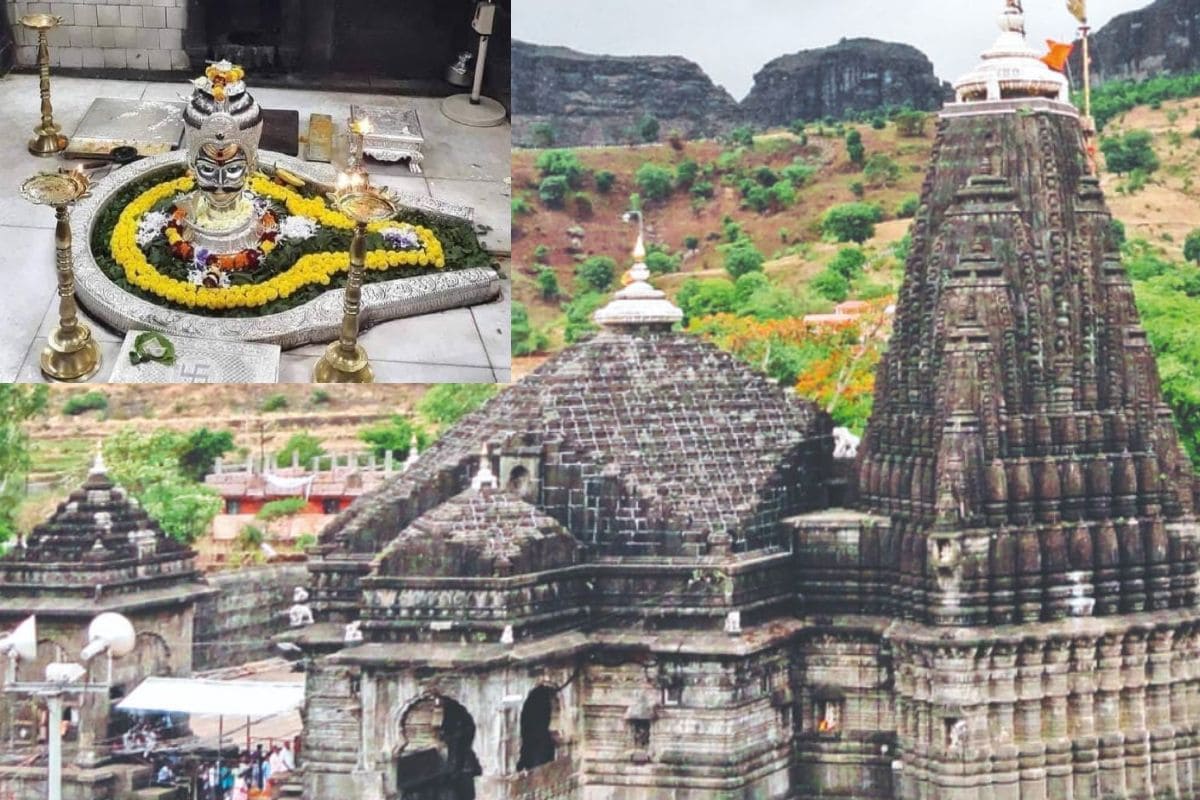
Trimbakeshwar Jyotirlinga temple history, Significance, location, nearest place
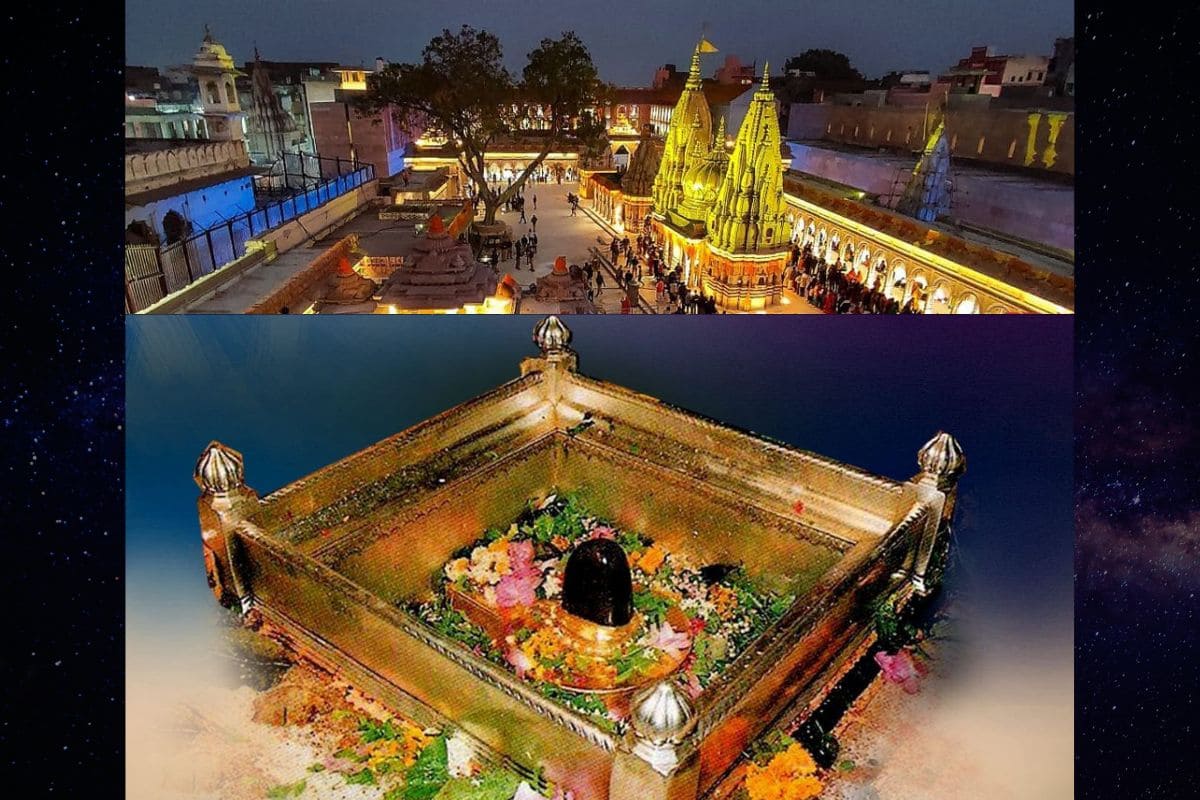
Kashi Vishwanath Jyotirlinga temple history, Significance, location, nearest place
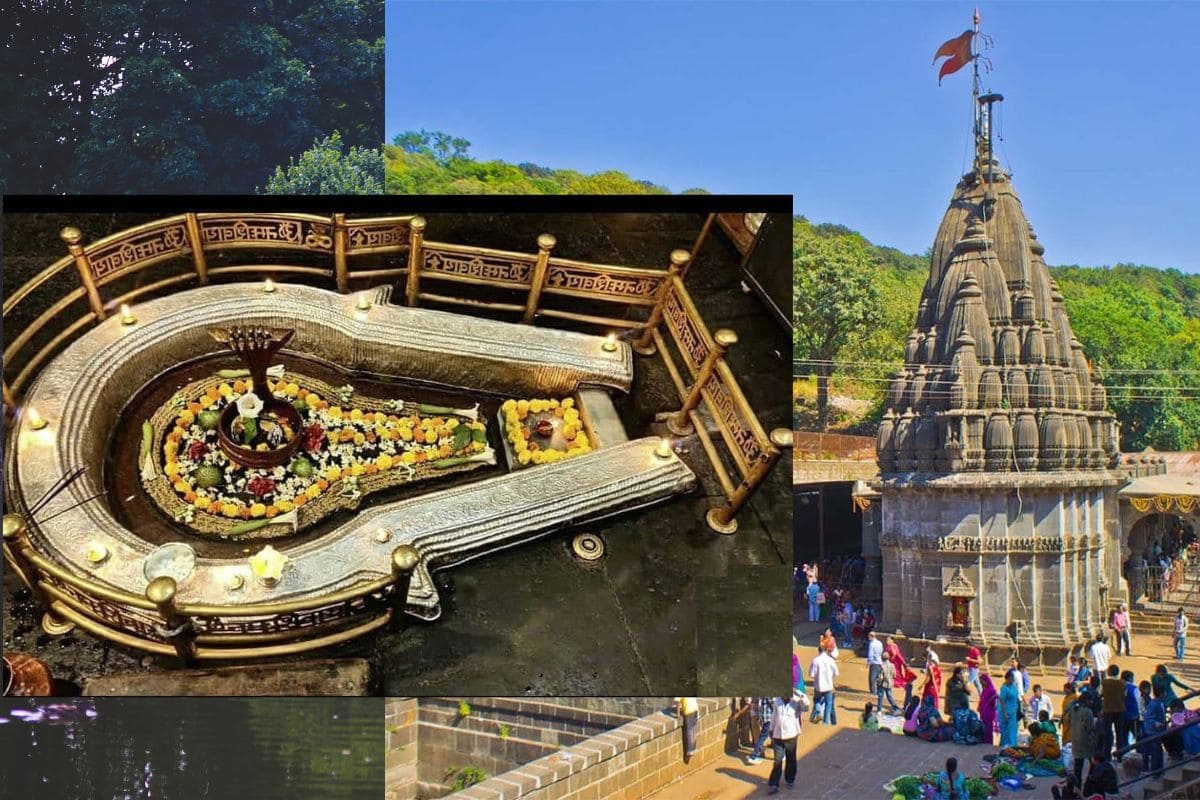
Bhimashankar Jyotirlinga temple history, Significance, location, nearest place
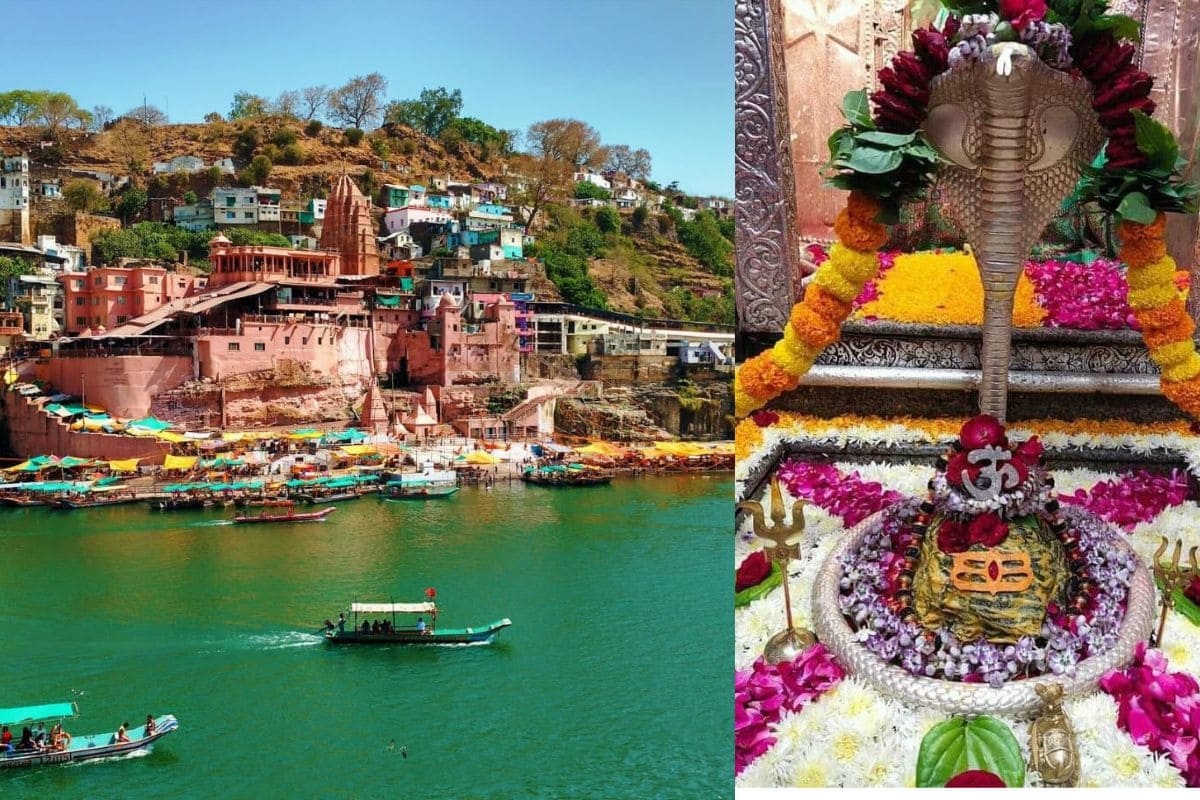
Omkareshwar Jyotirlinga temple history, Significance, location, nearest place
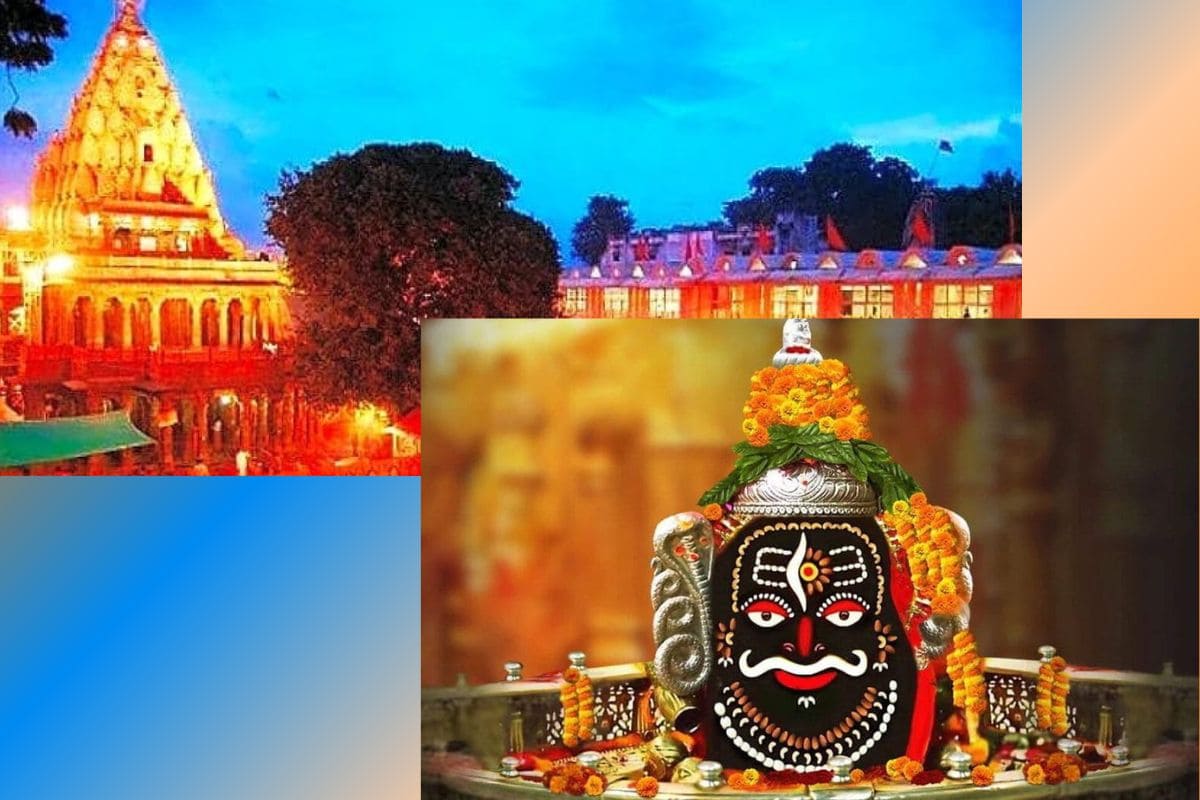
Mahakaleshwar Jyotirlinga temple history, Significance, location, nearest place
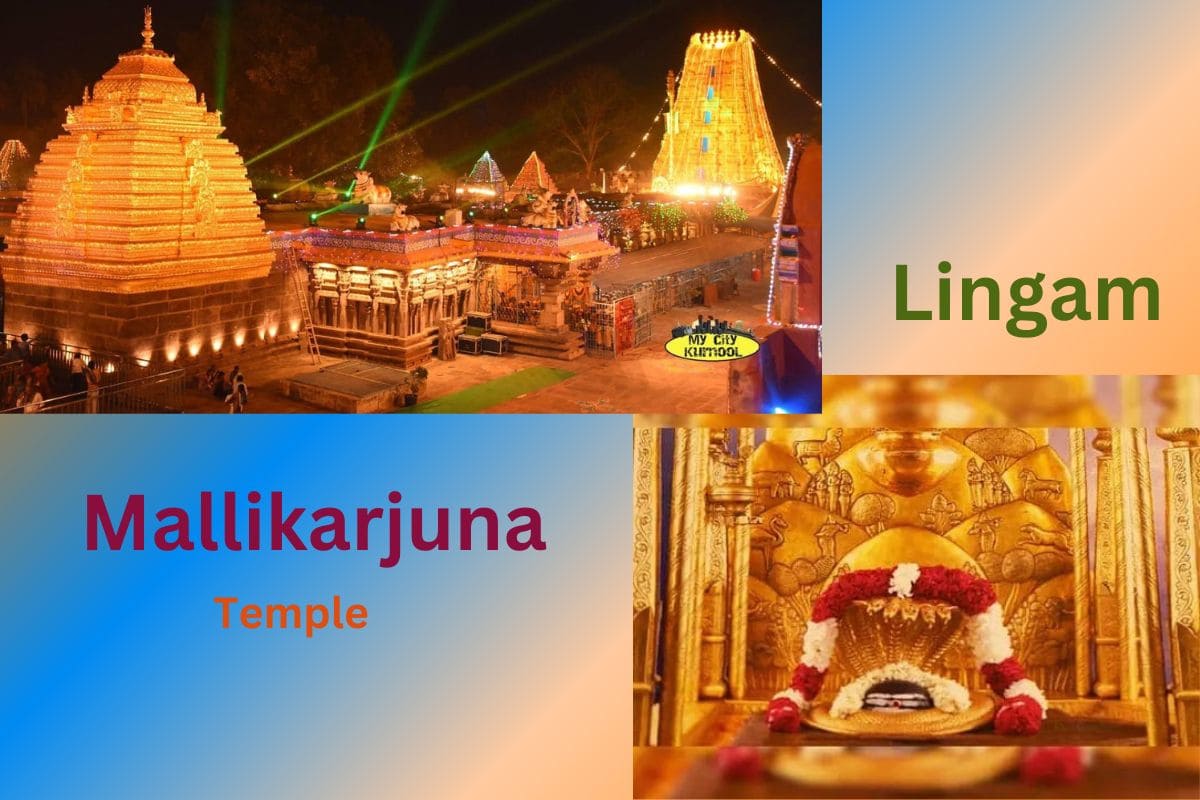
Mallikarjuna Jyotirlinga temple history, Significance, location, nearest place
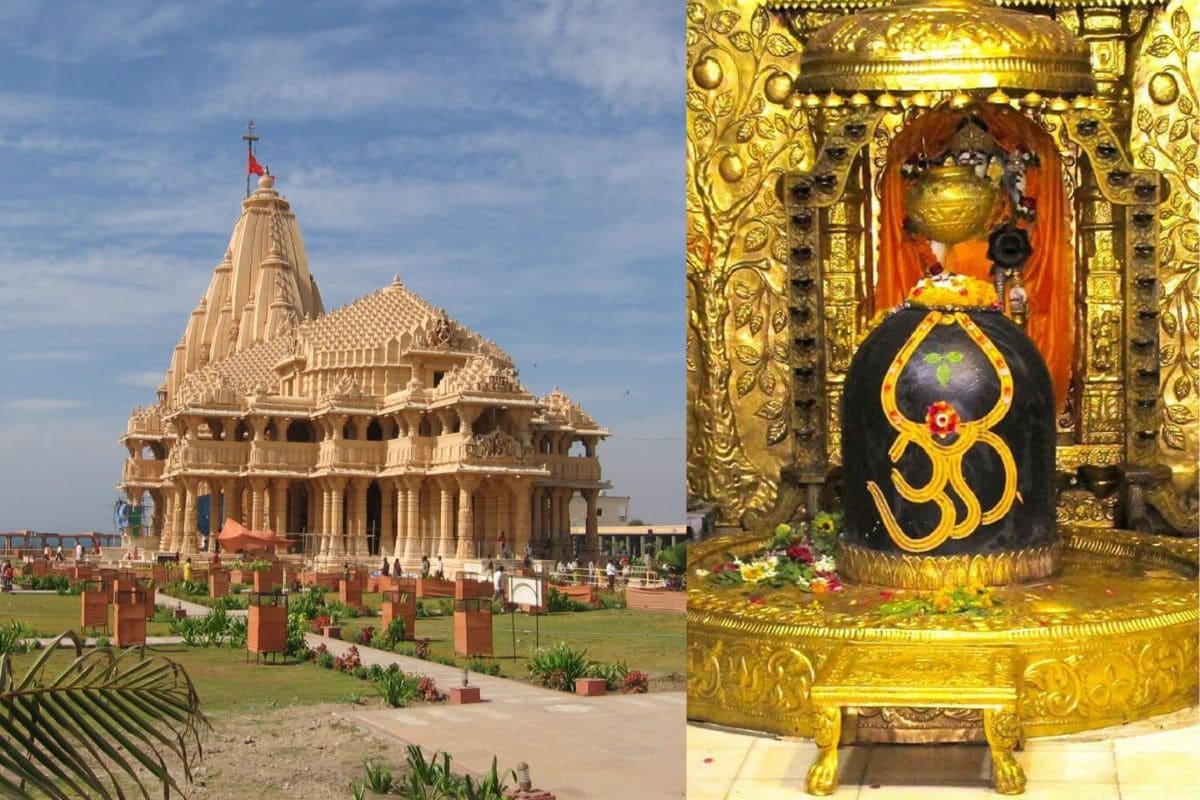
Somnath Jyotirlinga temple history, Significance, location, nearest place
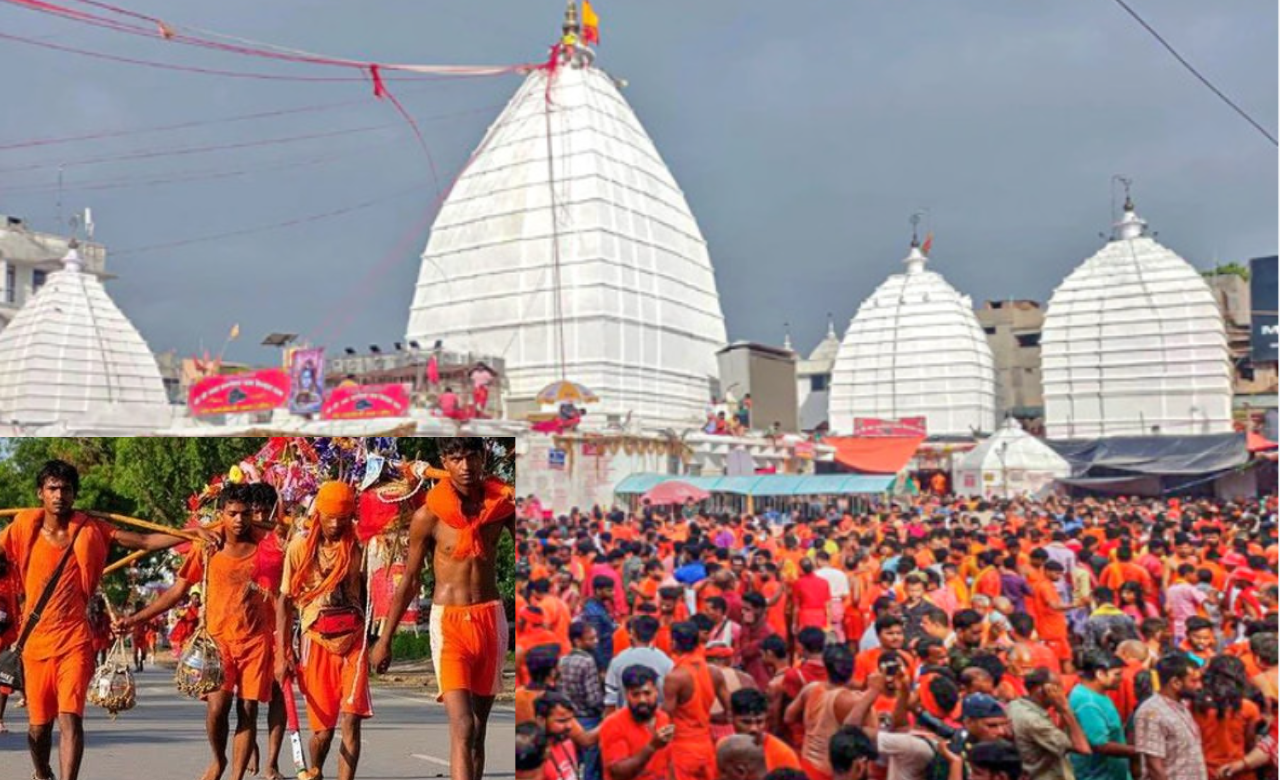
Why the Kanwar Yatra is important in Shravan month?
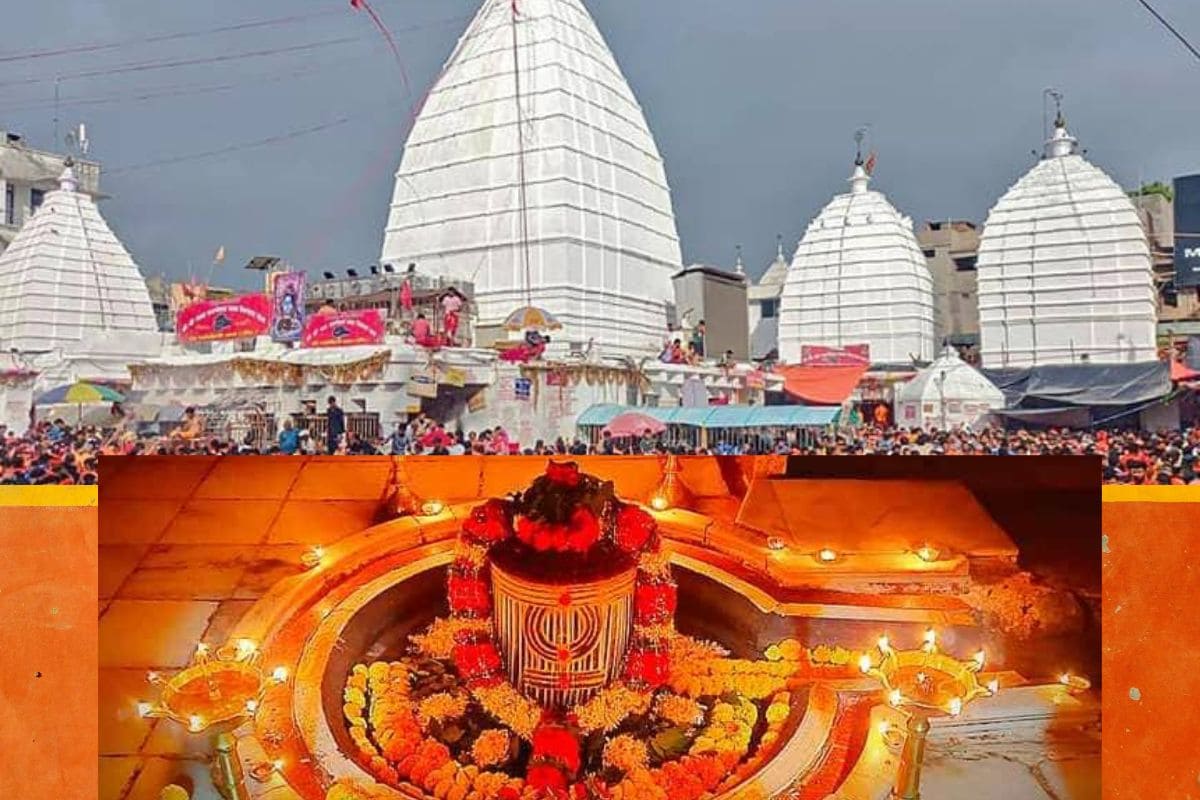
12 Jyotirlingas Name, Place, Location

What is Full stack Developer?

What is Education? Why It’s Important for Everyone’s Success.

100% Get Free Web Hosting and Domain

Typing professional site is real or fake



